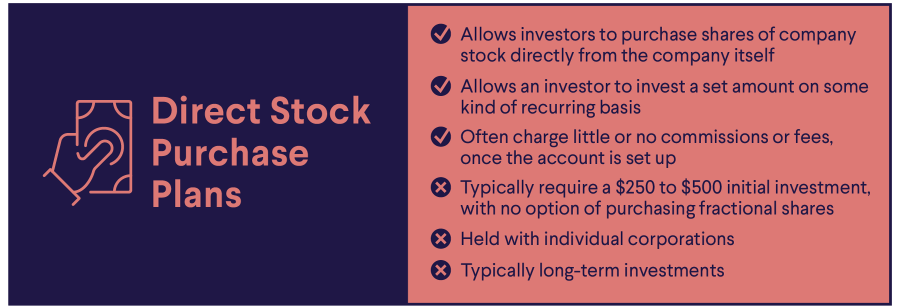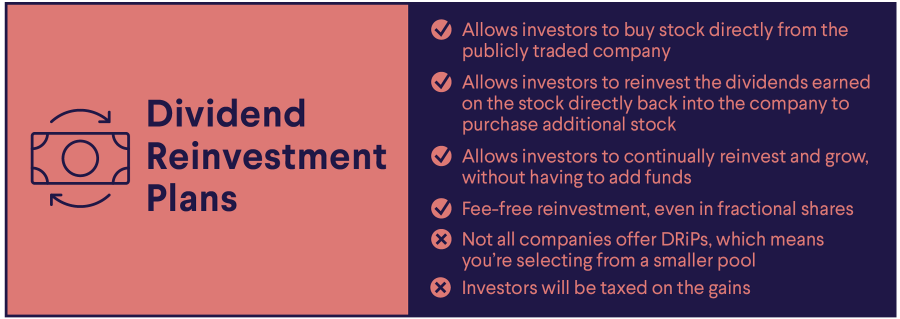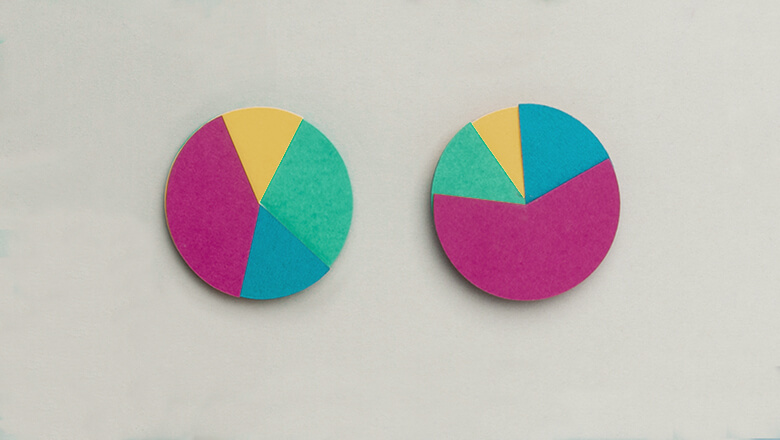What Is Margin Level and How Do You Calculate It?
Margin level is a risk-management indicator that helps you understand what influence the currently opened positions have on your account.
The margin level in your options trading account is a formula that tells you how much of your funds are available to open new trades. The higher your margin level percentage, the more funds are available to trade. If the margin level drops too low, you could receive a margin call.
Key Points
• Margin level serves as a risk-management indicator, reflecting the relationship between equity in a trading account and the utilized margin, expressed as a percentage.
• A margin level of 100% indicates that the total equity is equal to the used margin; falling below this threshold may trigger a margin call from brokers.
• Calculating margin level involves dividing equity by used margin and multiplying by 100, with a 0% margin level signifying no open positions.
• Understanding margin level is crucial for traders, as it determines the ability to open new positions and manage potential risks associated with margin trading.
• Trading on margin offers buying power but introduces greater risks; thus, it is essential for traders to manage their positions and leverage carefully.
What Is Margin Level?
Your margin level percentage is a measure of the relationship between the equity in your trading or brokerage account and how much margin is in use. The margin level calculation is expressed as a percentage: (equity / margin) x 100.
It’s helpful to think of margin level as a reading of your trading account’s health. A margin level percentage of 0% means you have no open positions. A margin level of 100% means that the amount of a portfolio’s equity and used margin are equal. Equity is the cash available to trade, plus any unrealized profits and losses on open positions. Many brokers will not allow investors to make new opening trades when the margin level on their options trading account is 100% or less.
When margin level falls below 100%, the broker might issue a margin call. Unless the market moves back in your favor, you must deposit more funds (or assets) into your account when you are hit with a margin call. You can also satisfy a margin call by exiting your current holdings.
The margin level percentage depends on various factors. The volume of your positions and their potential effect on the market can affect your margin level calculation; as can the amount of leverage you use.
Increase your buying power with a margin loan from SoFi.
Borrow against your current investments at just 11%* and start margin trading.
*For full margin details, see terms.
💡 Quick Tip: One of the advantages of using a margin account, if you qualify, is that a margin loan gives you the ability to buy more securities. Be sure to understand the terms of the margin account, though, as buying on margin includes the risk of bigger losses.
What Does Margin Level Really Do?
To understand what margin level means, it’s important first to grasp the concept of margin in options trading.
Margin is the amount of cash or securities a trader must deposit in their account before being able to write (or sell) options. You can think of it as a good faith deposit or a form of collateral. The Federal Reserve Board’s Reg T sets margin requirements.
Margin works differently in options and futures accounts than in stock trading accounts. Margin debt in stock trading refers to the amount of borrowed funds used to buy new shares. This is also referred to as using leverage.
The margin level calculation tells you how much of your funds are available to use for new opening trades. The higher your margin level, the more “free margin” you have. Free margin is the amount of money available to place new trades. Margin is composed of “used” and “free” amounts. Used margin is the aggregate of all the required margin on your existing positions. Free margin, on the other hand, is the difference between equity and used margin.
Margin level also can inform you of how much wiggle room you have in your options trading account, or other types of accounts. A very high margin level percentage means you have a large amount of equity relative to the total amount of required margin. A low margin level calculation tells you that your account might not be far from getting a margin call.
Calculating Margin Level
Calculating margin level is straightforward: Divide the equity by the amount of used margin; then multiple that quotient by 100:
Margin level = (equity / margin) x 100
If you don’t have any open positions, then your margin level calculation will be zero. This can be confusing because usually, a low margin level means your account might be at risk for a margin call. A 0% margin level is the safest and lowest-risk margin level you can have, because in that scenario, you’d have no open positions.
Margin Level Example
Suppose you deposit $10,000 into your account. Before you make any trades, your margin level is 0%, as you don’t have any used margin (the divisor in the earlier-mentioned equation is zero). Your first buy is a call option on shares of XYZ stock, and you pay a $5,000 premium. Your margin level calculation is now 200% ($10,000 / $5,000 = 200%).
Now let’s say you open another $5,000 options position. Your margin level declines to 100% ($10,000 / $10,000 = 100%). We will assume that is the broker’s minimum margin level before a margin call is issued. Later, we’ll detail what happens if your margin level falls below the critical 100% threshold.
💡 Quick Tip: How to manage potential risk factors in a self-directed investment account? Doing your research and employing strategies like dollar-cost averaging and diversification may help mitigate financial risk when trading stocks.
Why Understanding Margin Level Is Important
The margin level percentage is important, as brokers use this figure to determine whether you can open new positions. Many brokerage firms set a minimum margin percentage at 100%. So if your margin percentage drops below that threshold, then you will encounter a margin call — or even a forced liquidation — on one or more of your open trades. If you want to take on new positions, then you’d be forced to sell an existing holding or add more funds to your account.
Margin Level Below 100%
Taking our earlier example a step further, If the market moves against you, and your option values fall to $9,000 on the market, your margin level calculation would decline to below the minimum margin level ($9,000 / $10,000 = 90%). The broker then could issue a margin call.
You have two choices: either sell an existing position or deposit more assets into the account. If you do not act promptly, the broker can sell one of your positions automatically.
Your margin level could fall below 100% based on small moves in the assets you own. Broad market conditions, like volatility, also could affect your account negatively. In an extreme example, Silver Thursday rocked the silver trading market and caused long futures and options positions on silver to suffer severe losses. In turn, this triggered an onslaught of margin calls in the precious metals markets. The moral of the story: It’s important to manage risks carefully when using leverage.
If you’re interested in trading on margin, or just want to know more about it, you’ll need to understand the difference between marginable and non-marginable securities.
Test your understanding of what you just read.
The Takeaway
As discussed, the margin level in your options trading account is a formula that tells you how much of your funds are available to open new trades. Trading on margin is an advanced strategy that comes with greater risk than trading other securities, like stocks or ETFs, for example. But while the risks are greater, so are the potential rewards (and losses).
For experienced traders, using margin can enhance buying power. But using margin and leverage introduces additional risk into the mix, which investors should be aware of.
If you’re an experienced trader and have the risk tolerance to try out trading on margin, consider enabling a SoFi margin account. With a SoFi margin account, experienced investors can take advantage of more investment opportunities, and potentially increase returns. That said, margin trading is a high-risk endeavor, and using margin loans can amplify losses as well as gains.
Photo credit: iStock/fizkes
SoFi Invest®
INVESTMENTS ARE NOT FDIC INSURED • ARE NOT BANK GUARANTEED • MAY LOSE VALUE
1) Automated Investing and advisory services are provided by SoFi Wealth LLC, an SEC-registered investment adviser (“SoFi Wealth“). Brokerage services are provided to SoFi Wealth LLC by SoFi Securities LLC.
2) Active Investing and brokerage services are provided by SoFi Securities LLC, Member FINRA (www.finra.org)/SIPC(www.sipc.org). Clearing and custody of all securities are provided by APEX Clearing Corporation.
For additional disclosures related to the SoFi Invest platforms described above please visit SoFi.com/legal.
Neither the Investment Advisor Representatives of SoFi Wealth, nor the Registered Representatives of SoFi Securities are compensated for the sale of any product or service sold through any SoFi Invest platform.
*Borrow at 11%. Utilizing a margin loan is generally considered more appropriate for experienced investors as there are additional costs and risks associated. It is possible to lose more than your initial investment when using margin. Please see SoFi.com/wealth/assets/documents/brokerage-margin-disclosure-statement.pdf for detailed disclosure information.
Options involve risks, including substantial risk of loss and the possibility an investor may lose the entire amount invested in a short period of time. Before an investor begins trading options they should familiarize themselves with the Characteristics and Risks of Standardized Options . Tax considerations with options transactions are unique, investors should consult with their tax advisor to understand the impact to their taxes.
Financial Tips & Strategies: The tips provided on this website are of a general nature and do not take into account your specific objectives, financial situation, and needs. You should always consider their appropriateness given your own circumstances.
Claw Promotion: Customer must fund their Active Invest account with at least $50 within 30 days of opening the account. Probability of customer receiving $1,000 is 0.028%. See full terms and conditions.
SOIN-Q224-1871555-V1 Read more







































